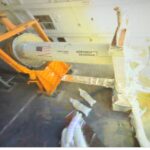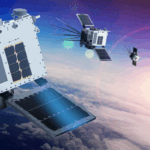
The U.S. Air Force, Lockheed Martin [LMT], and L3Harris Technologies [LHX] held a critical design review (CDR) last month for the L3Harris AN/ALQ-254(V)1 Viper Shield electronic warfare system for foreign military sales (FMS) of the Block 70/72 F-16 fighter. The Air Force said that Viper Shield passed the CDR. Viper Shield, which is to provide offensive and defensive EW through multiple digital radio frequency, memory-bassed jamming, "is the highest-performance, lowest-risk EW option for F-16 Vipers in an increasingly dangerous world,”…














